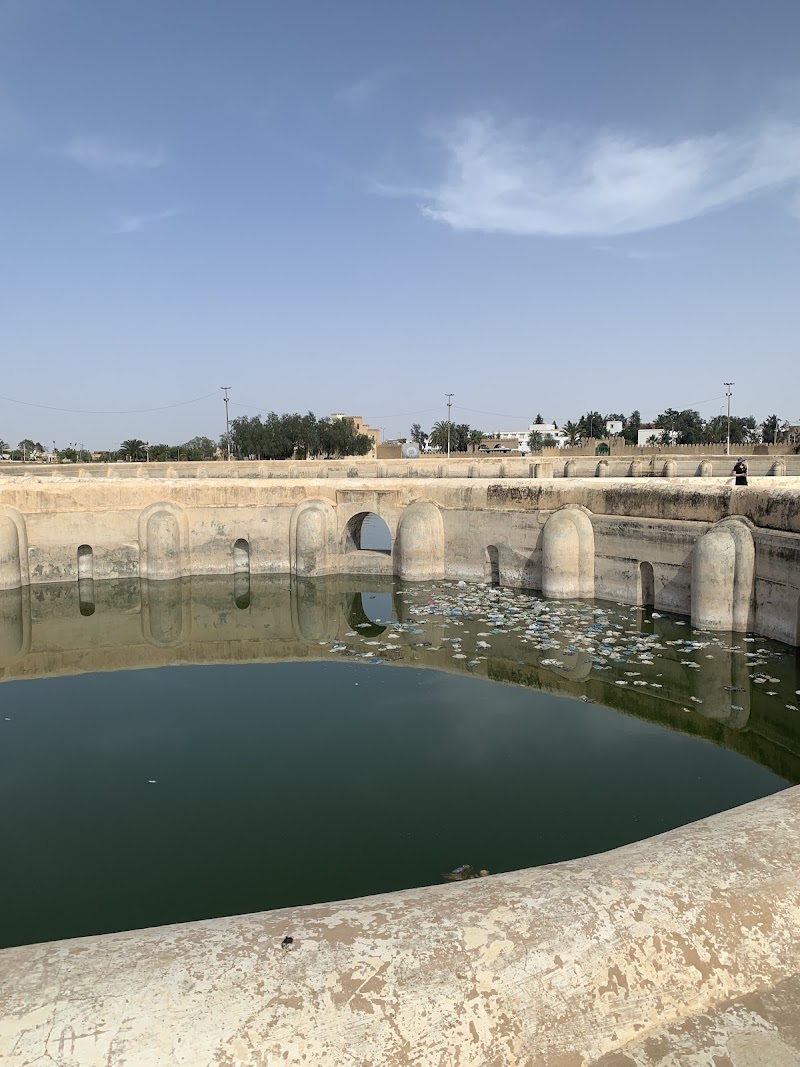Investors
Oops! Something went wrong while submitting the form.




Nestled in the historic city of Kairouan, Tunisia, the Aghlabid Basins stand as a remarkable testament to ancient engineering and Islamic architectural heritage. These enormous water reservoirs were constructed during the Aghlabid dynasty in the 9th century, designed specifically to meet the growing needs of the city’s population in one of North Africa’s hottest climates. For travelers interested in exploring Tunisia’s rich historical roots, visiting the Aghlabid Basins offers an insightful activity that blends culture, history, and impressive engineering.
The basins are part of an extensive water supply system that once channeled and stored water from distant sources to serve the city’s inhabitants, particularly for irrigation and daily use. Visitors to Kairouan, Tunisia, will find the site fascinating not just for its size but for the intricate craftsmanship involved in its construction. The basins are large vaulted stone reservoirs divided into multiple sections designed to regulate water temperature and quality naturally. Walking through the area, it’s easy to appreciate how advanced and innovative water management techniques were at a time when modern plumbing was unheard of.
Travelers looking for things to do in Kairouan, Tunisia, will find that the Aghlabid Basins offer a unique window into the city’s past beyond the more commonly visited mosques and medinas. It is an ideal spot for history lovers and those curious about ancient infrastructure. Additionally, because the basins are located close to the city center, it’s easy to combine this visit with other activities in Kairouan, Tunisia, such as exploring the Great Mosque or browsing traditional souks.
In terms of accessibility, the basins are budget-friendly, as entry fees, if applicable, tend to be modest, making this an excellent choice for travelers keen on seeing cheap activities that are both educational and enjoyable. Since Kairouan, Tunisia, is well connected by domestic flights and road networks, flying to Kairouan and including a stop at the Aghlabid Basins can be a convenient addition to any itinerary. Visitors who choose to use a Trip Planner App can optimize their time by coordinating visits efficiently, ensuring they experience the best attractions without overspending.
For frequent travelers and enthusiasts plotting a trip to Kairouan, Tunisia, exploring ancient landmarks like the Aghlabid Basins enriches the travel experience. The combination of history, culture, and accessible location makes it a worthwhile activity. Those interested in discovering cheap activities in Kairouan, Tunisia, can enjoy the basins without needing elaborate arrangements or a hefty budget.
Planning a visit to the Aghlabid Basins and other historical sites can be made simpler with the support of an AI Travel Agent. By leveraging AI Travel and smart Trip Planner Apps, travelers can find cheap flights, identify affordable activities, and build a well-rounded itinerary that highlights the best of Kairouan, Tunisia, in a seamless and enjoyable way. Having a tailored plan saves time.
The Aghlabid Basins of Kairouan provide a fascinating glimpse into the past, showcasing the ingenuity of ancient water management and Islamic architecture. Whether you're a history enthusiast or a curious traveler, these impressive structures offer a unique cultural experience in Tunisia, inviting you to explore the rich tapestry of the country's historical heritage.